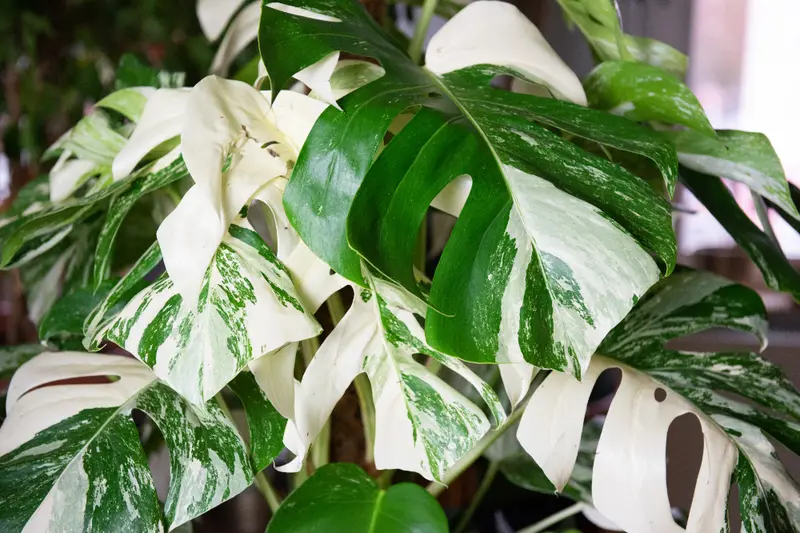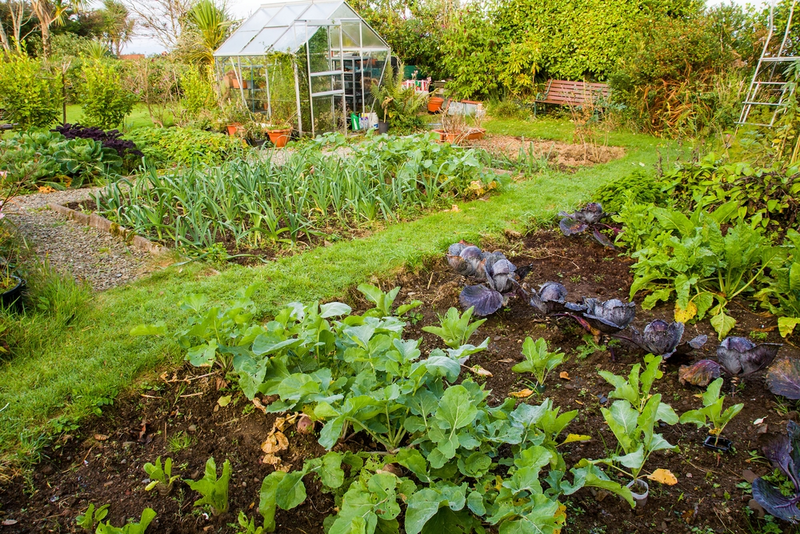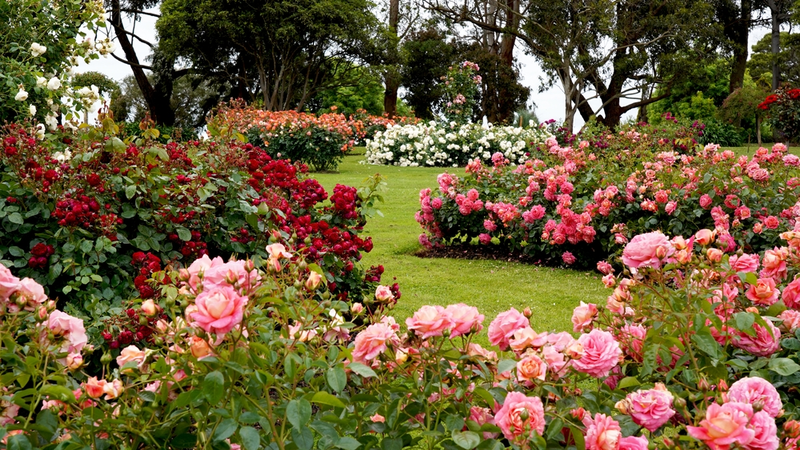The rich, sweet flavour of pumpkins in soups, stews, or pies is a delicious treat in fall. Growing your own pumpkins is great fun, and with new breeding breakthroughs, you don’t need a huge amount of space to do it – there are even dwarf varieties that can be grown up a trellis!

Pumpkin varieties to grow
As well as classic orange Halloween pumpkins, you can also grow blue pumpkins, white pumpkins, and even dwarf pumpkins! Here are a few of the most popular:
- Pumpkin ‘Big Max’ – a good all-rounder, great for cooking and carving. Fruits have been known to weigh up to 45kg!
- Pumpkin ‘Crown Prince’ – smoky blue skin and delicious orange flesh with a sweet, nutty flavour.
- Pumpkin ‘Jack Be Little’ – one of the smallest pumpkins available, each plant producing 8-10 fruits weighing between 170-350g.

How to grow pumpkins from seed
-
Sow pumpkin seeds indoors in April or directly outdoors in May. Sow the seeds 2.5cm deep in individual small pots filled with good-quality all-purpose compost, placing the seeds ‘on edge’ rather than flat to reduce the risk of decay. Water the pots, place them in a propagator at 20°C or cover the pots with clear plastic bags, and place them in a bright warm place to sprout.
-
Meanwhile, enrich the soil they are to grow in by digging in plenty of well-rotted farmyard manure or garden compost.
-
Once the seeds have sprouted, take them out of the propagator or remove the bags and grow them somewhere warm until they’re big enough to plant out.
-
Harden the seedlings off for a week before planting them out by putting the pots outside during the day and bringing them back indoors at night.
-
If you have room, plant your pumpkins 1.5m apart so they can trail across the ground. If you’re short on space, choose smaller pumpkins and grow them vertically, training them up a trellis.
Caring for pumpkins
-
Water your pumpkins regularly. Once the flowers appear, feed them every two weeks with a high-potash liquid fertilizer like tomato feed.
-
Place a tile or slate under developing fruits to keep them off the soil. This reduces the risk of decay. Make sure they get plenty of sunshine to help them ripen – pick off any leaves that are shading the fruits.
-
If you want to grow really big pumpkins, remove all but two or three fruits so that the plant can focus all its energy on these.
-
Keep the pumpkins on the vine for as long as possible before harvesting to give them time to ripen. Harvest them before the first frost, cutting the stems from the vine with a sharp knife. If you want to store them, leave them in the sun or in a greenhouse for a couple of weeks after harvesting to allow the skins to harden.
Forgot to sow your pumpkins in spring? No problem! We have a wide range of vegetable seedlings in the center ready to plant out, so come in and take your pick!




